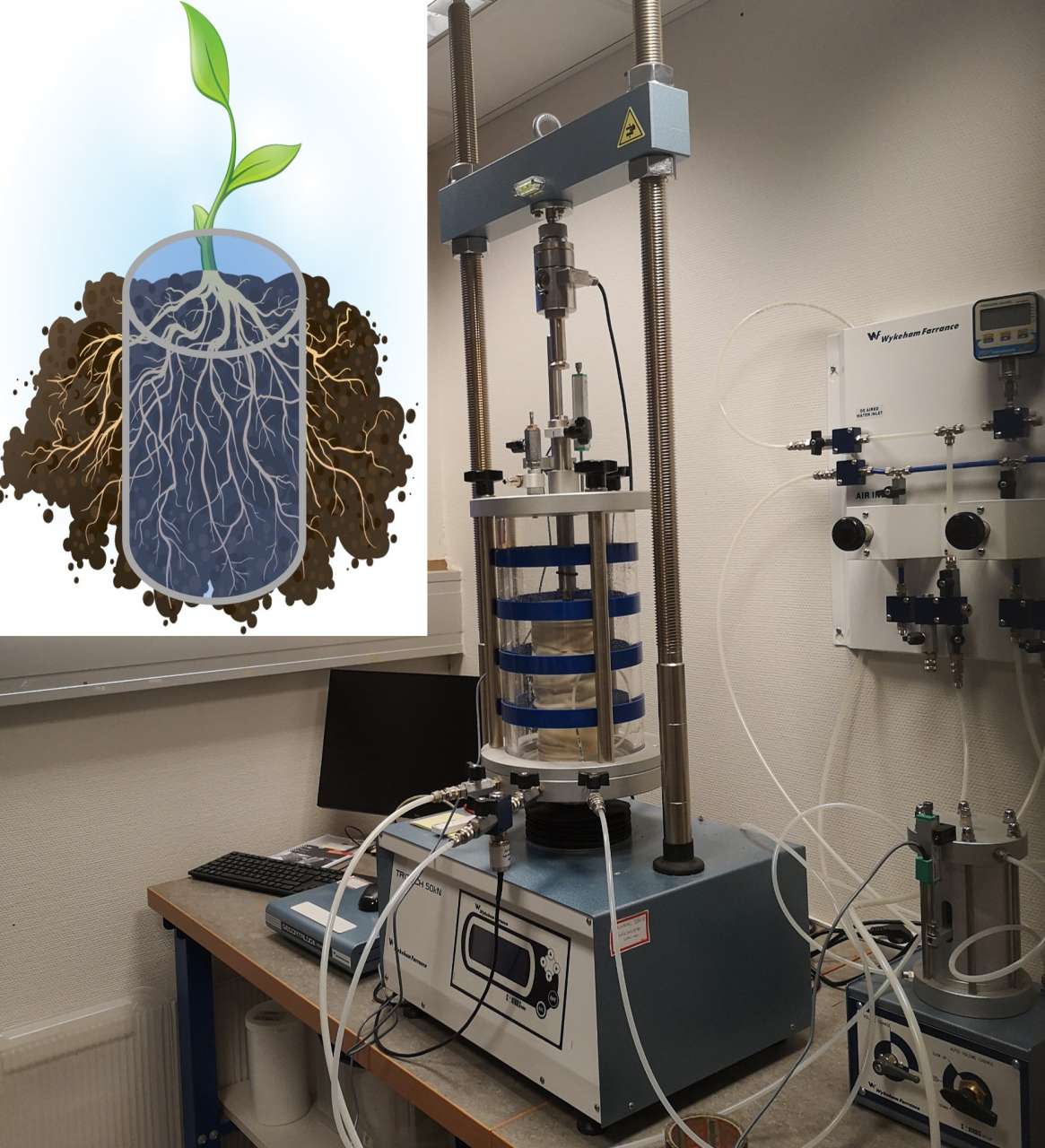Division of Environment and Natural Resources
Measuring plant roots’ soil-reinforcement for streambank/slope stability

End: dec 2023
Start: mar 2023
| Status | Active |
| Start - end date | 01.03.2023 - 30.12.2023 |
| Project manager | Dominika Krzeminska |
| Division | Division of Environment and Natural Resources |
| Department | Soil and Land Use |
| Total budget | 500 000 |
| Funding source | NIBIO FS-pilot |
Issue: The mechanical effect of vegetation on streambank stability relates mainly to root reinforcement. Roots anchor themselves into the soil to support above-ground biomass, producing a reinforced soil matrix. The magnitude of root reinforcement mostly depends on root distribution and root mechanical properties, especially root tensile strengths. Roots property can be measured in the lab and in the field however, there are limited data on root-reinforced soil specimens and even less from Nordic countries (soil and vegetation type combination).
Main idea: Make a first step to fill the knowledge and data gap by exploring the opportunities of the laboratory infrastructure available at NIBIO - Triaxial Shear Strength Test. Adapt the procedures, sampling techniques and data processing in order to account for root reinforcement analysis.
Planned activities:
- Start-up of laboratory equipment - Triaxial Shear Strength Test: upgrade the software, run test experiment.
- Sampling the root-reinforced soil: select the sites to be sampled (out of existing/known experimental sites from other projects); collect representative root-reinforced soil samples; perform series of soil strength measurements both in the field (with Field Inspection Vane Tester).
- Laboratory tests: series of Triaxial Shear Strength Tests accounting for both seasonal time scale and different vegetation type.
- Modeling: include the findings as input in slope stability modeling (e.g., HYDRUS-2D, BSTEM)
Publications in the project
Abstract
No abstract has been registered
Abstract
No abstract has been registered
Abstract
No abstract has been registered
Abstract
No abstract has been registered
Abstract
No abstract has been registered
